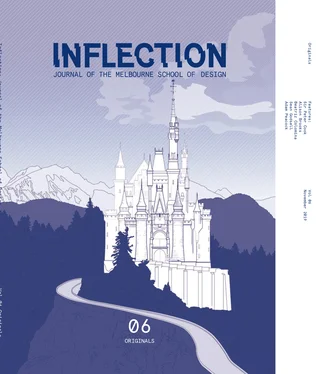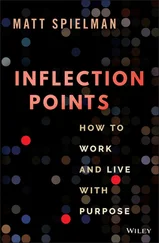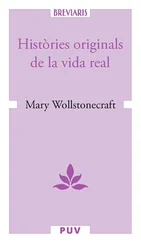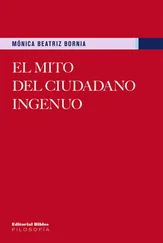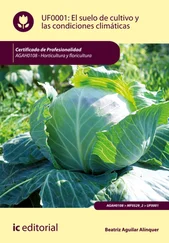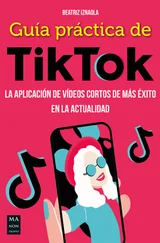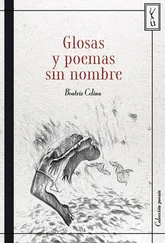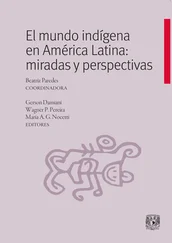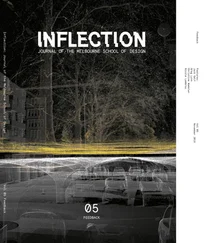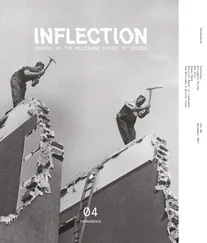09Ingels, Yes is More, 44; Bjarke Ingels, Hot to Cold: An Odyssey of Architectural Adaptation (Cologne: Taschen, 2015), 142; Ingels, “The Real Deal,” 107.
10John Tagliabue, “A Little Danish Mermaid Comes Up for Air in China,” New York Times, published 28 April, 2010, 6.
11Eco, Travels, 36.
12Benjamin, “The Work of Art,” 218,220.
13Carina Ren and Szilvia Gyimóthy, “Transforming and Contesting National Branding Strategies: Denmark at the Expo 2010,” Place Branding and Public Diplomacy 9, no.1 (2013): 25.
14Ingels, Yes is More, 41.
15Ingels, Hot to Cold, 131.
16Ren and Gyimóthy, “Transforming,” 23,25.
17Ingels, Hot to Cold, 418.
18Ida Sandström, “The Fragmentary Demand: Superkilen in Nørrebro,” in Urban Squares: Spatio-temporal Studies of Design and Everyday Life in the Öresund Region, ed. Mattias Kärrholm (Lund: Nordic Academic Press, 2015), 119.
19Barbara Steiner, “Beyond Being Nice,” in Superkilen, ed. Barbara Steiner (Stockholm: Arvinius + Orfeus Publishing, 2013), 16.
20Bjarke Ingels, Martin Rein-Cano, Rasmus Nielsen, and Tina Saaby, “Red, Black, and Green (Topography and Typology),” in Superkilen, ed. Barbara Steiner (Stockholm: Arvinius + Orfeus Publishing, 2013), 30.
21Bjarke Ingels, Nanna Gyldholm Møller, Martin Rein-Cano, Bjørnstjerne Christiansen, Jakob Fenger, and Rasmus Nielsen, “Imagine a Moroccan Fountain! (Selection and Realisation),” in Superkilen, ed. Barbara Steiner (Stockholm: Arvinius + Orfeus Publishing, 2013), 59,63; Barbara Steiner, “Soil from Palestine,” in Superkilen, ed. Barbara Steiner (Stockholm: Arvinius + Orfeus Publishing, 2013), 157–160.
22Ingels et al., “Imagine a Moroccan Fountain!” 59.
23Ingels, Hot to Cold, 419; Barbara Steiner, “Index: Objects, Tress, and Pavings,” in Superkilen, ed. Barbara Steiner (Stockholm: Arvinius + Orfeus Publishing, 2013), 188,204.
24Ingels et al., “Imagine a Moroccan Fountain!” 56.
25Ibid., 58.
26Ibid., 63; Steiner, “Index,” 203.
27Benjamin, “The Work of Art,” 220.
28Ingels et al., “Red, Black, and Green,” 31.
29Scott A. Lukas, “The Themed Space: Locating Culture, Nation, and Self,” in The Themed Space: Locating Culture, Nation, and Self, ed. S. A. Lukas (Lanham: Lexington Books, 2007), 8.
30Baudrillard, Simulacra and Simulation, 12; Jean Baudrillard, Screened Out, trans. C. Turner (New York: Verso Books, 2002), 151.
31Eco, Travels, 43–48.
X-RAY ARCHITECTURE
IN CONVERSATION WITH BEATRIZ COLOMINA
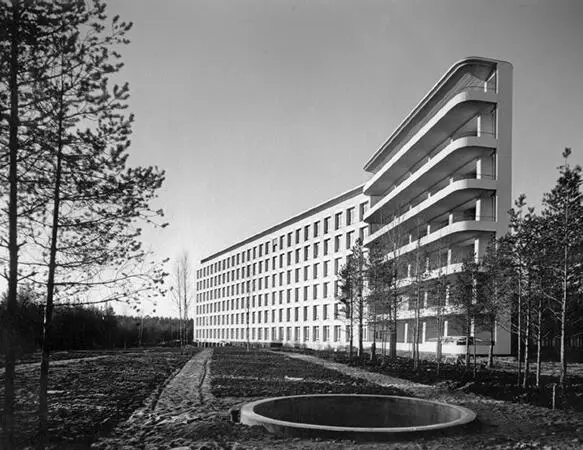
Paimio Sanatorium by Alvar Aalto, Paimio, Finland. Image courtesy of The Alvar Aalto Foundation.
Professor Beatriz Colomina is an internationally renowned architectural historian. She visited Melbourne in 2019 to present a lecture on her latest book, X-Ray Architecture, at the Melbourne School of Design. This work challenges traditional understandings of Modern architecture and its origins. Through her research into tuberculosis and the evolution of the X-Ray, Professor Colomina proposes how Modern architecture emerged as a medical instrument.
Inflection vol. 6 editors interviewed Professor Beatriz Colomina in May 2019. Through our conversation, she revealed her thoughts on the influence of illness on architecture and the importance of reading original texts without preconceived ideas. With this approach, new insights may come from historical works.
In your book X-Ray Architecture, you explain how illness played a major role in shaping Modern architecture. Does illness also plays a role in the contemporary architectural landscape?
Yes, I think that illness has always been part of architecture. Vitruvius, it is at the very beginning of Western architectural theory—but in every culture, we can see this relationship between design and health. So it has always been a question—since the Renaissance, and in other cultures, Chinese culture, theories about the health of the inhabitants is very much a part of our understanding of architecture.
I think every age has its afflictions, its diseases, that are fascinating. There are many other illnesses, but there are particular ones that capture our imagination because they are somehow significant for the time in which we are living. So if tuberculosis was the disease of the 19th-century and the beginning of the 20th-century, we now have different kinds of problems such as attention deficit disorder, autism, ‘burnout syndrome’ and many other diseases that did not exist in the early 20th-century. Like extreme allergies—people are now allergic to everything. There are so many people that are intolerant to food, intolerant to carpet, intolerant to solvents. So these are architectural issues. The building itself is what is sick.
Perhaps there is also a Modernist idea there that architecture is able to cure things—like society’s ills as well.
Yes, that’s one side of it, and the other hand is that now we have become very suspicious of the building. So the building itself is what is sick, and thus it’s making us sick. There are so many chemicals, so many solvents, so many allergens in a building. A lot of the preoccupations of today have to do with how we clean or act. How do we build less toxic buildings? Not only to us but also to the environment. So it’s shifting the attention from the person being ill to the building being sick—for example, sick building syndrome, or our whole preoccupation today with the health of our planet. Architecture plays an enormous role in this situation.
What about the ingestible ‘pill’ camera—the M2A—that you talked about in Skinless Architecture? How does this kind of technology impact architecture?
I was thinking with the M2A about how the X-ray has had an enormous impact on the way we see architecture, because of transparency—it’s hard to see inside, how the generation of the 1990s became fascinated with the CAT scan and the MRI and how that ended up affecting architecture. It was speculation—I started looking on the internet for what is happening now in the world of medicine—it was around the year 2000, and they had just approved this camera that was the size of a pill, and you take it inside, and it snaps 64,000 images of the gastrointestinal tract.
People are using that all the time now instead of more invasive techniques, but that represents a new type of architecture where the building is turned inside out. So if architects were fascinated with this technology—I’m not sure they are, but I know artists that are, Mona Hatoum for example, who have done a lot of artwork based on colonoscopies and cameras that are inside of your body. You’re putting the inside of your body on display as a public thing. It was more like launching something to the future.
It’s so hard to think about the present. Nobody knows what is happening until it has passed—‘Oh that was about that!’ So at this moment, we were asked to think about what might happen. I thought it would be nice to think about technologies of viewing the body emerging at the time. If they affected architecture, what kind of impact would that be? There are more and more buildings where there is no envelope. So maybe I was right. Maybe there was a connection between this vision inside the body and the way that we are seeing buildings. But we will never know that now, we will never know until later.
Beatriz Colomina in conversation with students in the Japanese Room at the Melbourne School of Design, May 2019. Image courtesy of James Rafferty.
When you talk about the original sources, you suggest that health constantly comes up in the writing of that period, but in your words “nobody else seems to notice this.” Do you think that there is a problem with the way that people are reading and interpreting these sources?
Читать дальше
